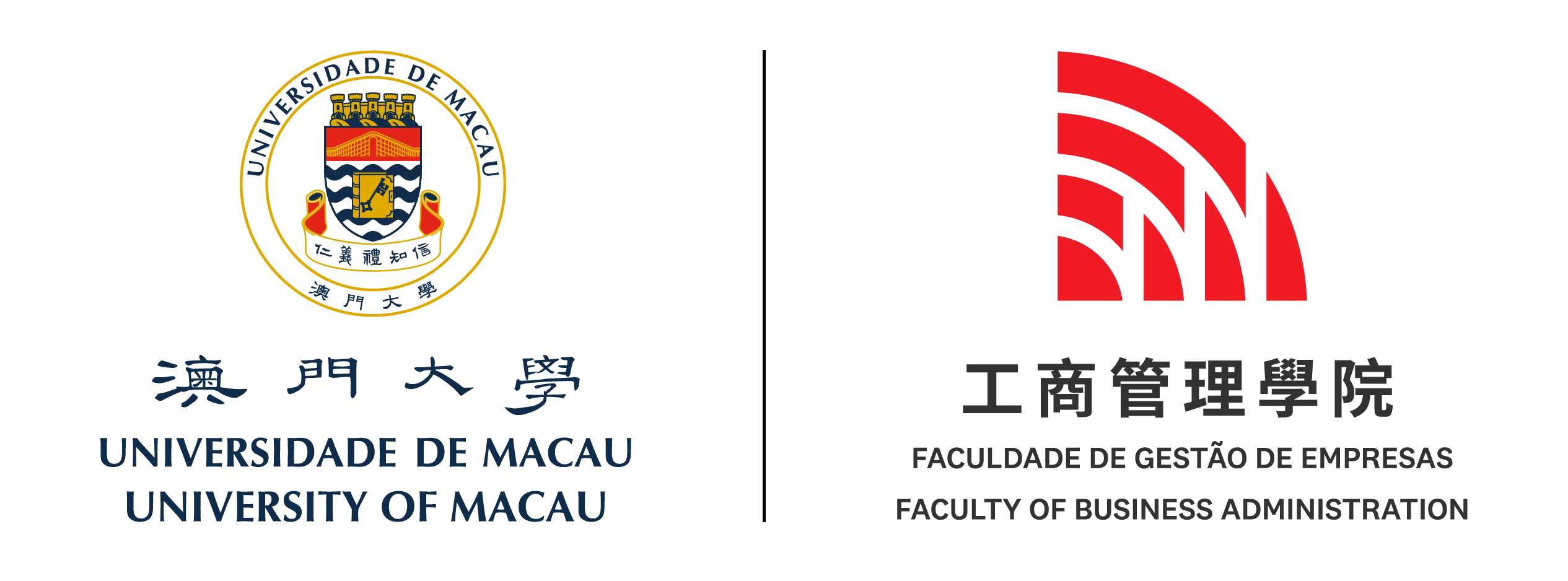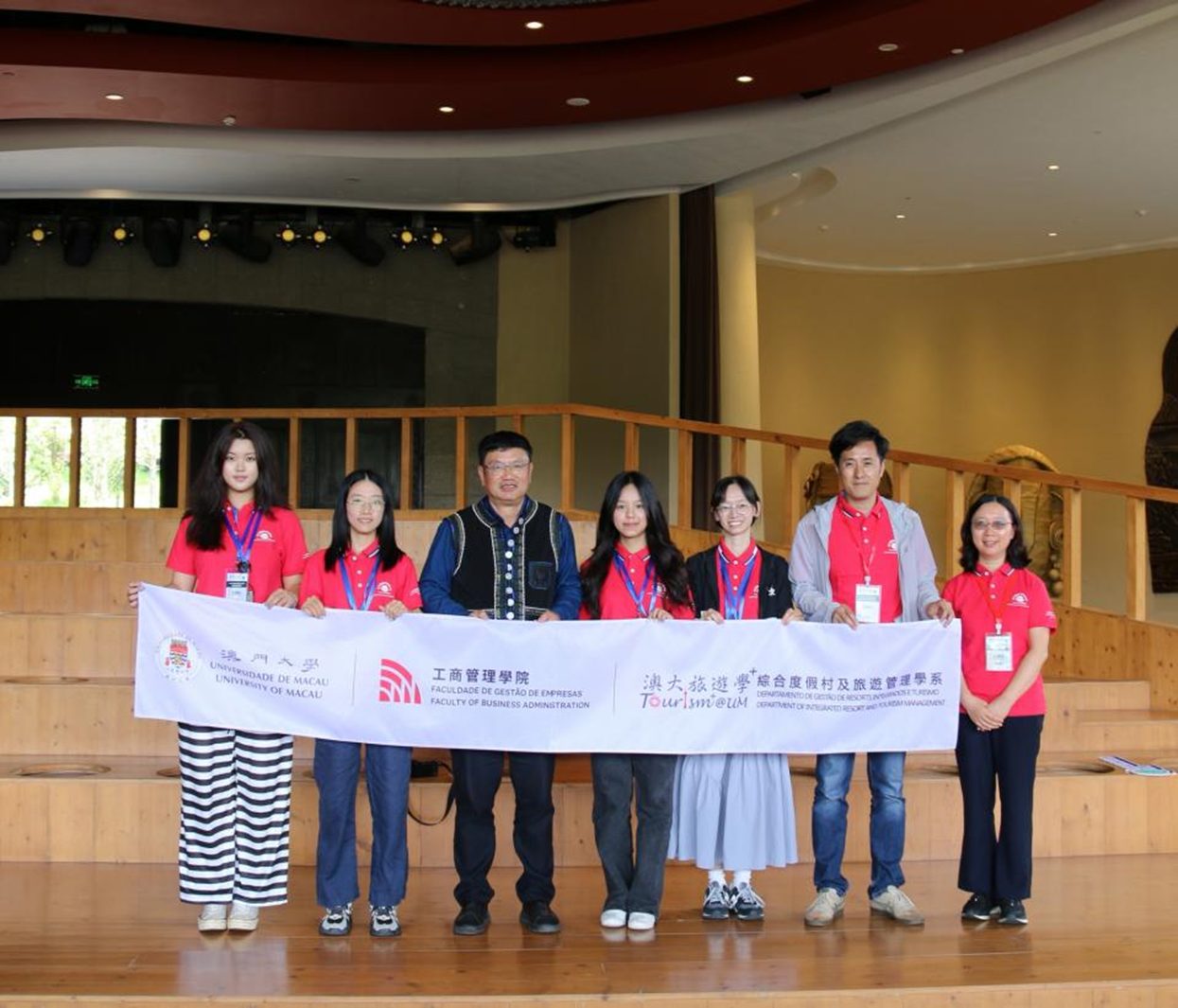From July 17 to 21, 2025, students from the Department of Integrated Resort and Tourism Management of the Faculty of Business Administration at the University of Macau (UM) participated in the 7th Azheke Study Summer Camp in Yuanyang County, Yunnan Province, China. This camp was hosted by the School of Tourism Management at Sun Yat-sen University.
As a UNESCO World Cultural Heritage site, the Yuanyang Terraced Fields face imminent threats and risk gradual disappearance. How to promote the sustainable development of this scenic area has become a critical issue. To address this challenge, Professor Bao Jigang’s team from School of Tourism Management at Sun Yat-sen University proposed the “Azheke Plan”. Building upon this exemplary case of pro-poor tourism, UM students engaged in in-depth field trips and learning exchanges centered on the core theme of “Heritage Conservation and Sustainable Tourism Development Planning”.
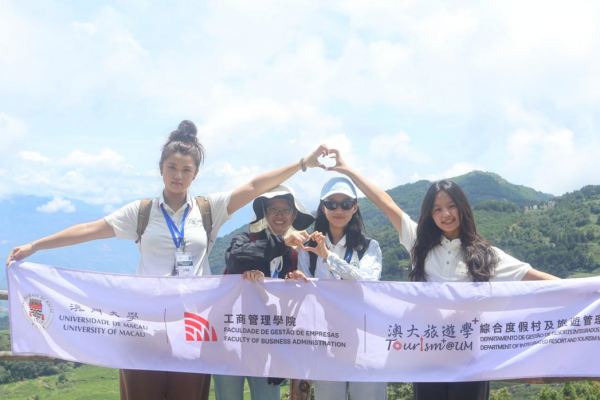
UM students pose for a commemorative photo at Azheke Village.
On the first day of fieldwork, the students conducted an in-depth survey of Azheke’s terraced landscapes, marveling at the Hani people’s wisdom in adapting to and reshaping nature. A morning drizzle graced the scene as professor Liu from Sun Yat-sen University gestured toward the mist-shrouded terraces, exclaiming with delight: “This is water, one of the Four Elements, performing live for you today!” Students tilted their faces to feel the cool raindrops while observing the field ridges; this serendipitous weather transformed the ecological wisdom of “Four-element Interconnected Ecosystem (Forests-Water-Terraces-Villages)” into a vibrant manifestation.The cohort proceeded with a hiking survey through Azheke Village, examining the spatial patterns of the village landscape and tourism development dynamics. By studying the evolution of Azheke’s development model, they learned how villagers’ profit-sharing schemes revitalized cultural heritage through tourism. During the survey, villagers were celebrating the Torch Festival. Driven by curiosity, students visited local homes where enthusiastic residents extended lunch invitations.
In the afternoon, guided by Professor Bao, students engaged in critical analysis of questions sparked by their observations, including “Can rural tourism genuinely alleviate poverty for villagers?”
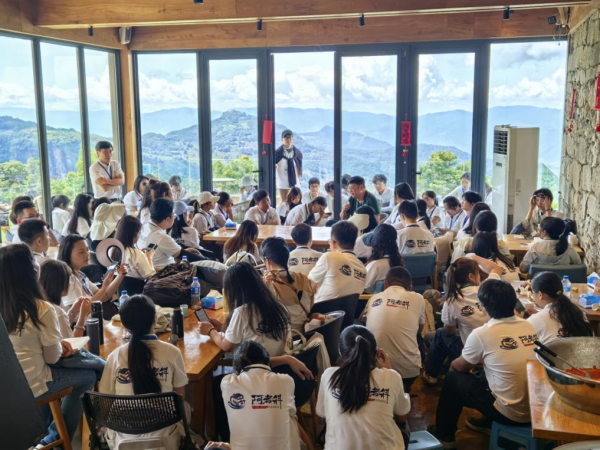
Students listened to Professor Bao’s presentation and actively engaged in discussions.
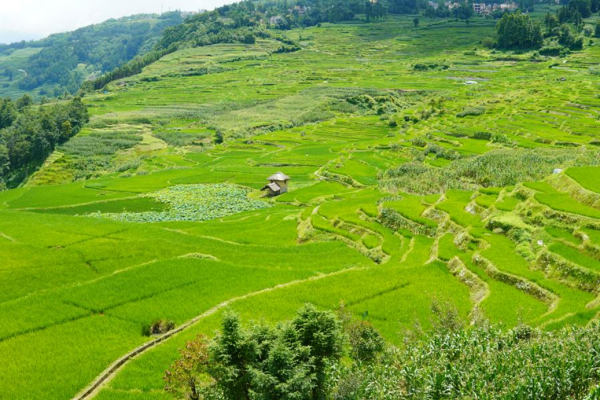
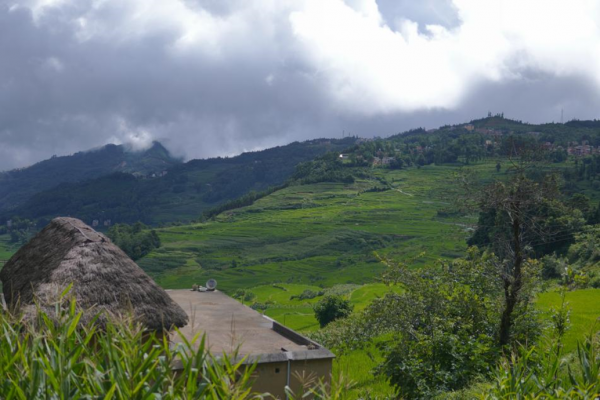
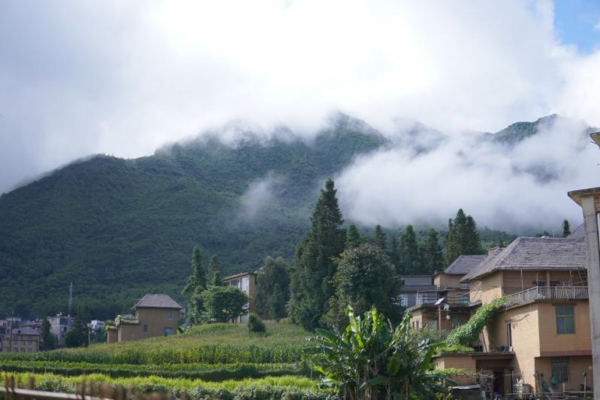
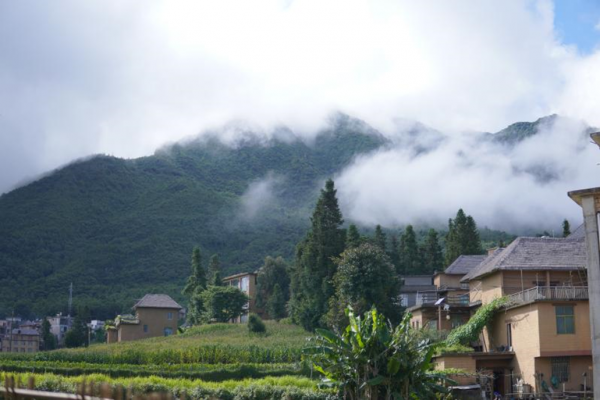
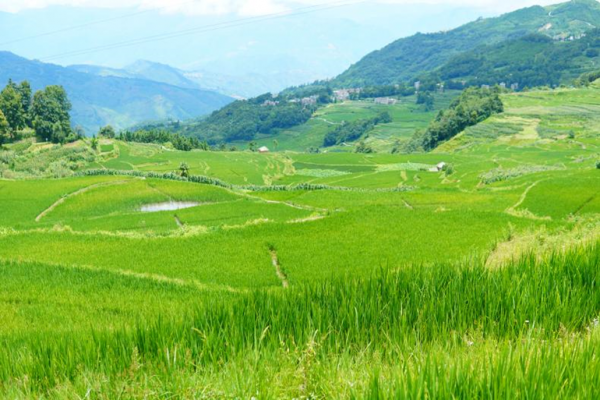
Azheke Scenery
On the second day, UM students attended the Azheke academic symposium, where they synthesized their first-day fieldwork findings through critical analysis. Subsequently, the cohort visited the Terraced Fields Museum for a comprehensive understanding of the agricultural heritage system, followed by a seminar discussing tourism impacts and rural development strategies. During the museum tour, students gained insights into Hani ethnic traditions, such as the Long-Street Banquet and “Zhaishenlin”, through curated interpretive sessions.

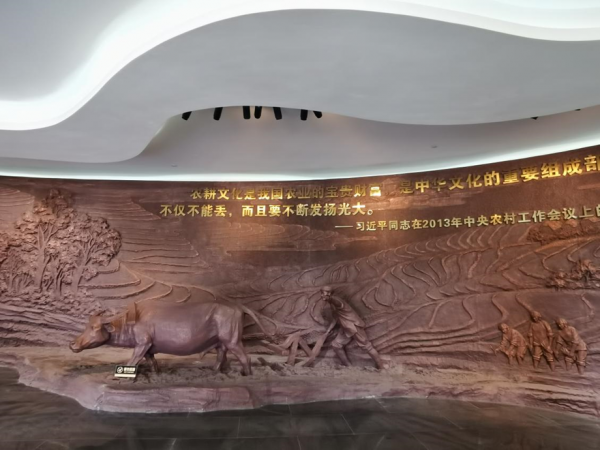
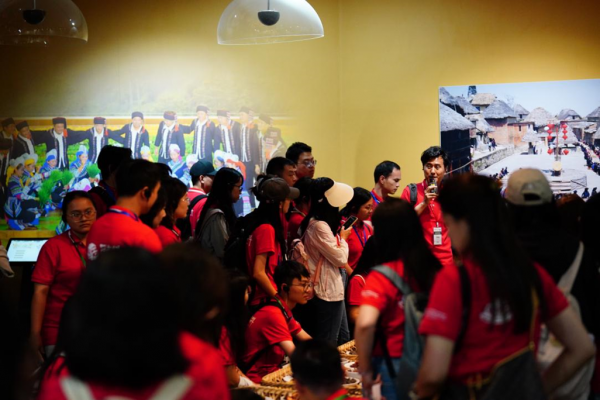
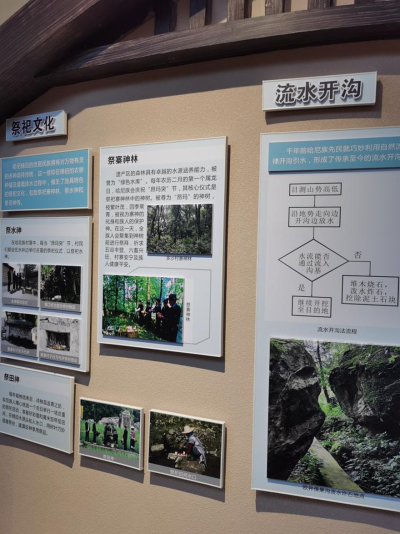
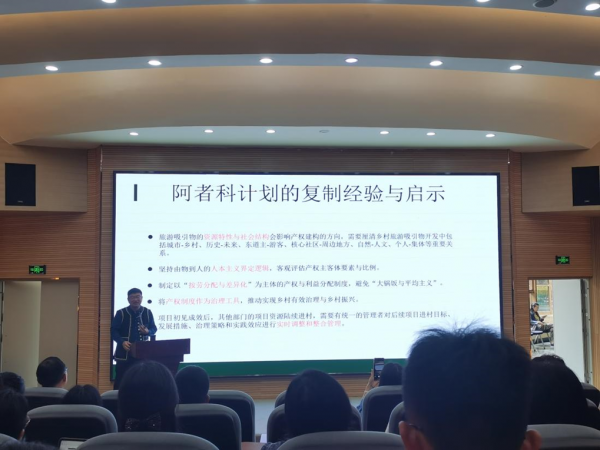
Witnessing the millennium-old sustainable wisdom of human-nature harmony in the Hani terraces, students shifted their focus on Day Three to Earth’s more ancient imprints of life—exploring the Chengjiang Fossil Site World Natural Heritage Museum. The museum’s spectacular fossil assemblages, narrating eons of species evolution and environmental upheavals, provided students with a cosmic perspective across geological time to comprehend sustainability.
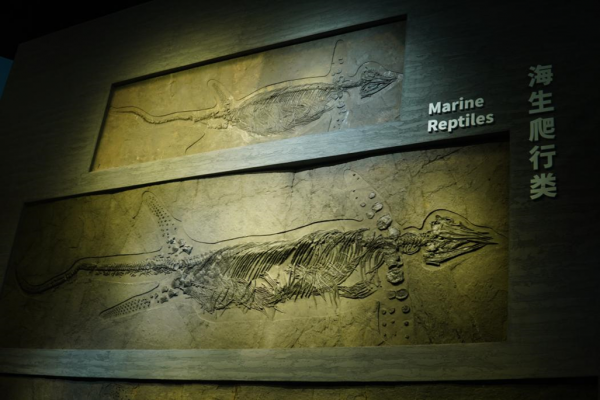
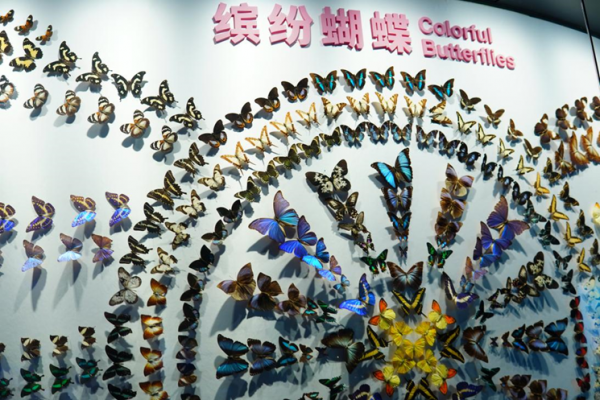
Chengjiang Fossil Site World Natural Heritage Museum Photos
Through this research summer camp, UM students not only witnessed firsthand how Azheke villagers harness unique natural resources to cultivate survival wisdom and shape distinctive place-based cultural capital, but also engaged in post-fieldwork symposiums examining tourism’s impact on this heritage site. Concurrently, cross-institutional exchanges with peers from other universities provided multifaceted perspectives on navigating heritage conservation and tourism development complexities.
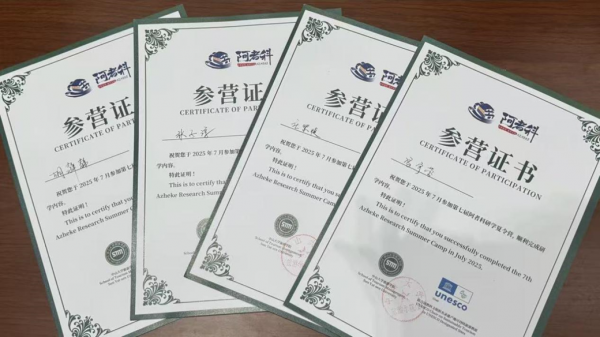
Camp Concluding Group Photo

